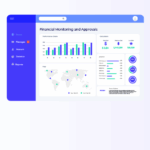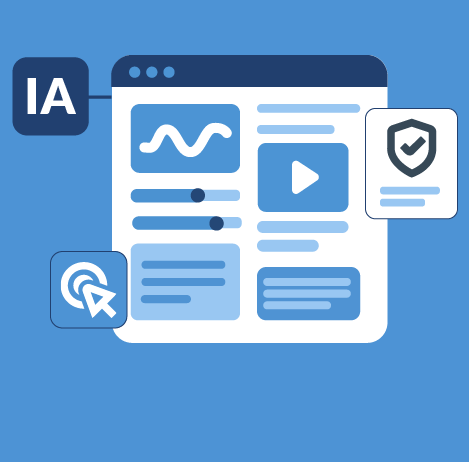
Credit Origination with Low Code + AI: Robustness and Agility
September 19, 2025Low Code and AI: Innovation in the Insurance Industry

Insurance companies need to stay ahead or constantly innovate. The pressure to offer better products, optimize customer experience, and streamline daily operations drives them to seek agile and efficient development solutions. In this context, Low Code platforms powered by Artificial Intelligence become the perfect approach to solving the sector’s challenges.

Low Code: agility without sacrificing quality
Low Code platforms allow teams to build complete applications with minimal manual coding. By using visual interfaces, predefined components, and drag-and-drop logic, development time is drastically reduced.
For a business leader, this means being able to launch new insurance products, customer portals, or internal tools in weeks instead of months. For a technology leader, it represents a way to free their teams, reduce technical debt, and ensure applications are built on a solid and secure foundation. It’s a win-win that aligns the goals of both sides.
Concrete use cases for operations management
Low Code platforms enable insurance companies to solve key operational challenges. The flexibility of this type of development facilitates the creation of customized solutions that boost efficiency and improve the customer experience.
- Policy and customer management: Self-service portals can be created that allow policyholders to manage their policies, request endorsements, or pay their premiums online. This not only improves their experience but also eases the operational workload of staff.
- Claims management: It is possible to design a workflow for claim submission where policyholders can upload documents digitally. The system can automate the approval of simple claims, speeding up payments and drastically improving service.
- Policy underwriting and issuance: With a specific application, advisors can enter information for a potential client, obtain a real-time quote, and issue a policy digitally, reducing manual work.
- Payments and premium management: The IT team can simplify the premium collection process or reimbursement by creating an application that connects to existing payment systems. This reduces errors and processing times.
- Integration with digital channels: It is possible to unify all digital channels into a single platform, allowing new features to be launched in mobile applications quickly and consistently, ensuring an omnichannel customer experience.
- Regulatory compliance: One of the major advantages is the ability to automatically generate compliance reports required by regulatory entities, ensuring the business operates within legal frameworks and reducing risks.
AI as a catalyst for Low Code speed
AI is not just a simple analysis tool; it is an intelligent complement in the development process. By integrating AI with Low Code platforms, developers and business professionals can create complete applications through a simple prompt or natural language instruction.
- Generate entities: AI helps you create crucial data models, such as a complete policyholder profile or an insurance product catalog, in seconds! This gives you a practical starting point that accelerates the creation of new solutions. AI organizes and links data intelligently, resulting in higher quality applications and customer-facing processes.
- Model pages: Design and adjust user interfaces for applications that improve customer relationships, such as a self-service portal for policyholders or a claims manager. Simply by providing new prompts, you can refine your creations until you reach the ideal result.
- Define rules: Generate logic for advanced business rules, such as conditions for the automatic approval of minor claims or real-time fraud detection in claims. Define the conditions and automate actions with artificial intelligence. This will allow you to implement new business policies quickly.
Leading the digital transformation of the industry
The combination of Low Code and AI is not a futuristic vision; it is a reality that is transforming how insurance companies build their solutions. This synergy not only streamlines processes but also democratizes development, allowing innovation to emerge from any corner of the organization. For leaders looking to stay ahead, adopting this approach will give them the business value to lead the digital transformation of the industry.

